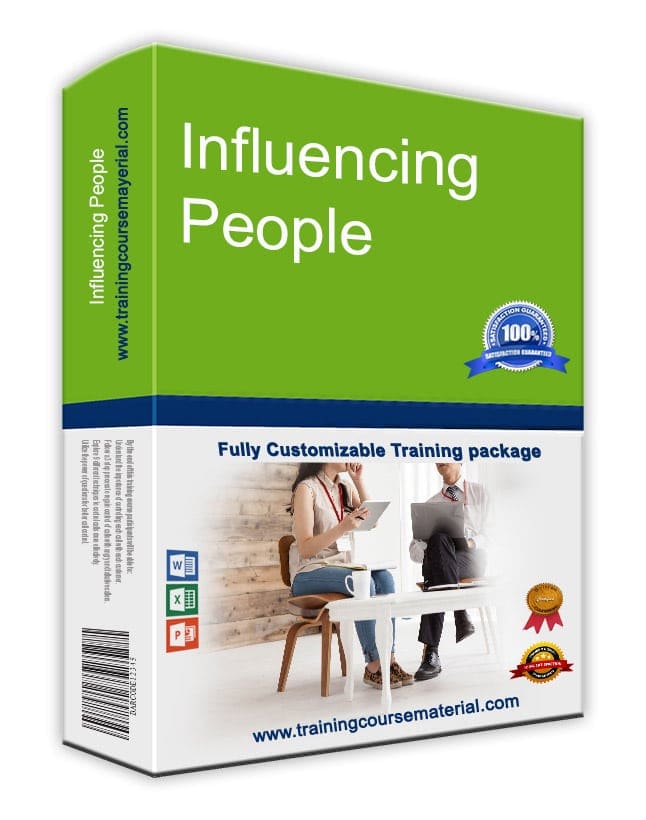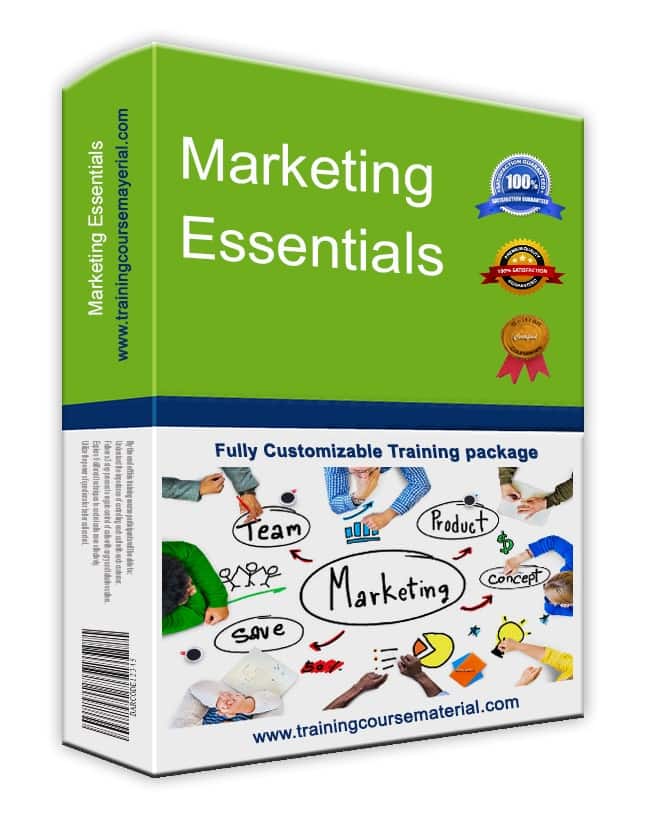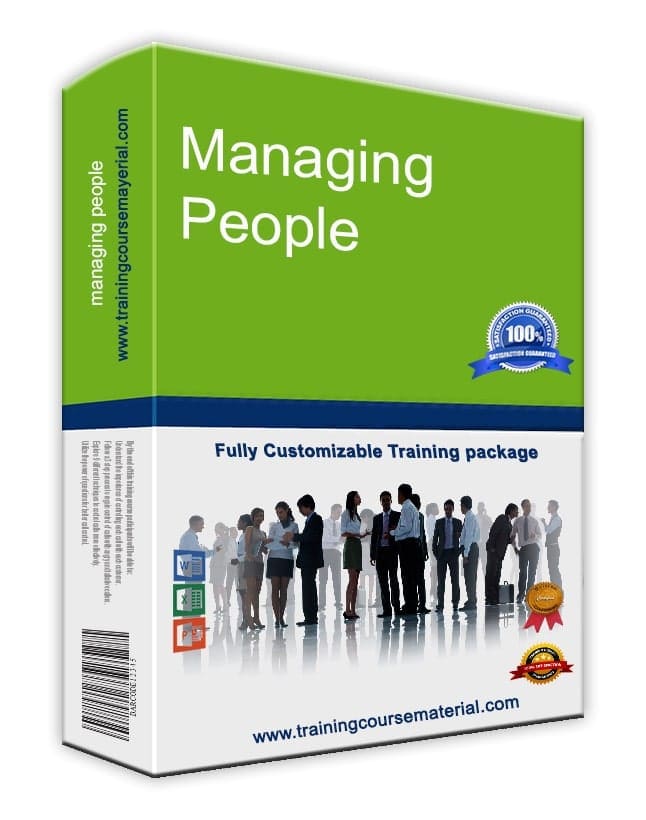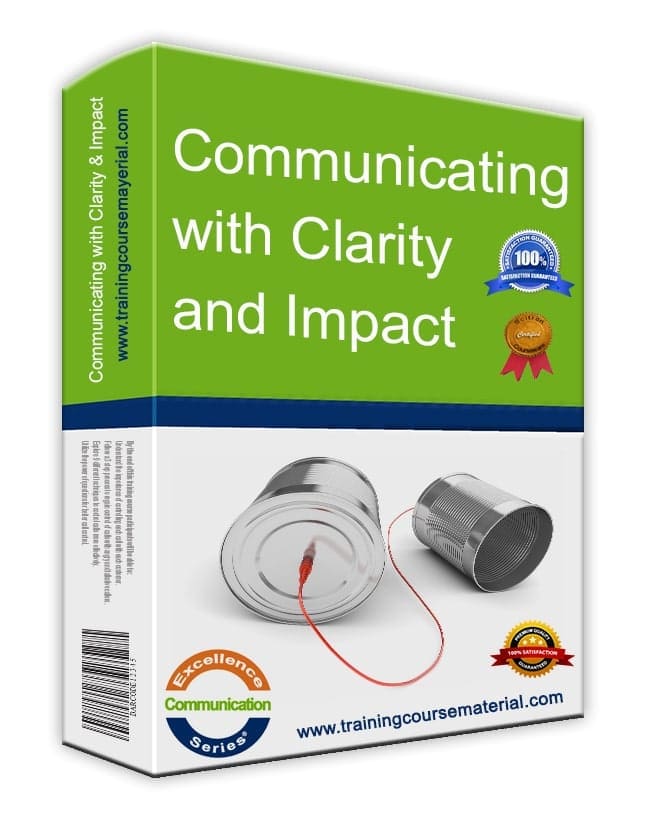Training ROI Calculator
Estimate the payoff of any training program—fast. Add fixed and variable costs, learner time, and expected performance uplift. See ROI %, payback, and net benefit.
Use the calculator
This version includes presets, an in‑widget “How to use” panel, tooltips on key fields, and a simple guided walkthrough.
How to use it
- Enter learners, training hours, and hourly cost.
- Add fixed and per‑learner costs.
- Estimate baseline value / learner / month, uplift %, and adoption %.
- Set benefit duration. Optionally add decay and a discount rate for NPV.
- Hit Calculate ROI. Copy the summary and share.
Not sure about uplift? Try the Conservative / Base / Optimistic presets and compare.
Formulas
- Total cost = fixed + (per‑learner × learners) + (training hours × hourly × learners)
- Monthly benefit / learner = baseline × uplift% × adoption%
- Total benefit = ∑ monthly benefit across months (minus decay, discounted if set)
- ROI % = (benefit − cost) ÷ cost × 100
- Payback months = cost ÷ monthly benefit
Example
50 learners, 8h at $30/hr. Fixed $10k; $100 per learner. Baseline $2,000/mo, uplift 3%, adoption 70%, 12 months, no decay.
Monthly benefit ≈ $2,100. Payback ≈ 12.9 months.
FAQs
What should I use for baseline value?
Pick a role‑level value proxy you track—revenue per rep, cases resolved, utilization, or cost avoided. Convert to monthly currency per learner.
How do uplift and adoption work?
Uplift is the expected improvement vs. baseline. Adoption is the % of learners who actually realize it in the time window.
When should I use decay and discount?
Use decay if improvements fade month to month. Use a discount rate to value future months less than today (finance teams often do).
Is this finance‑grade accurate?
It’s an estimate. For higher accuracy, validate uplift with a control group and align on the baseline value measure with finance.































